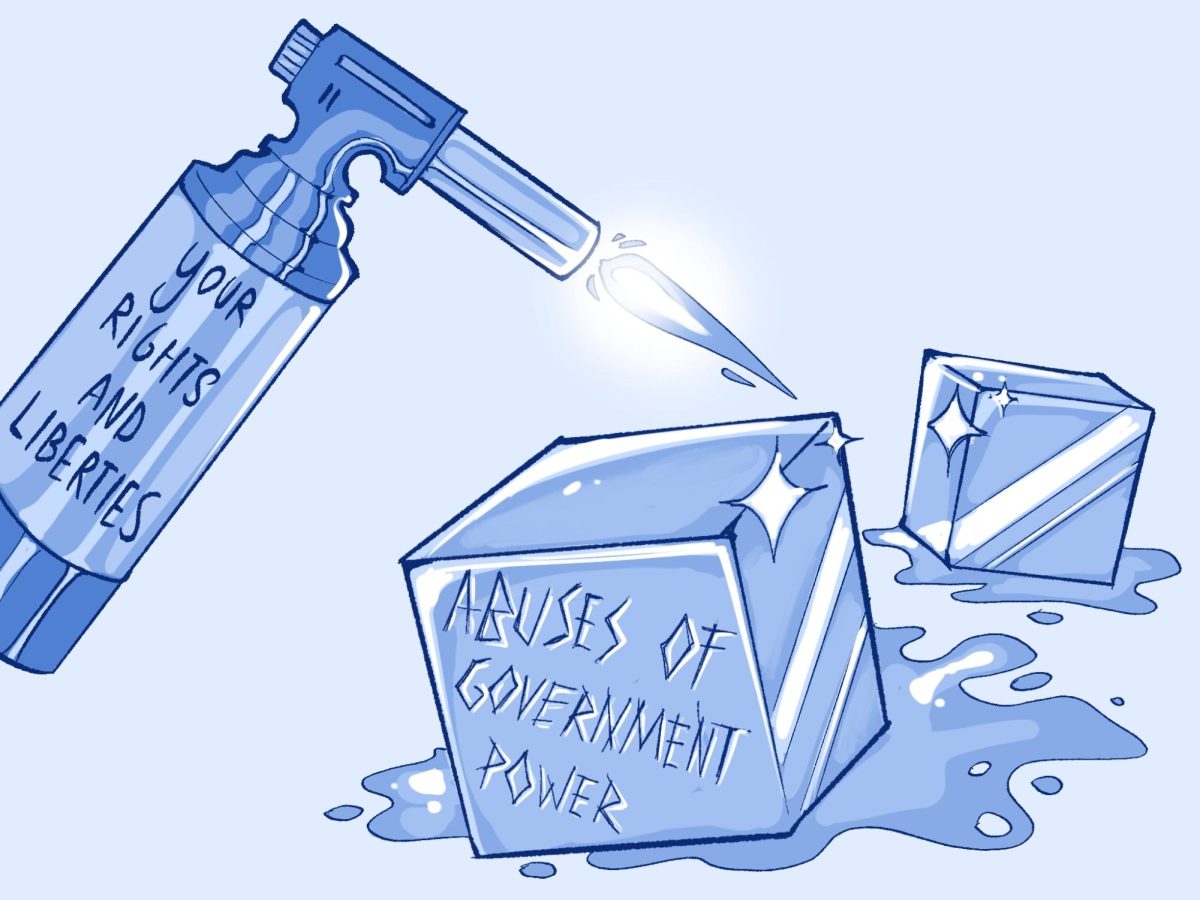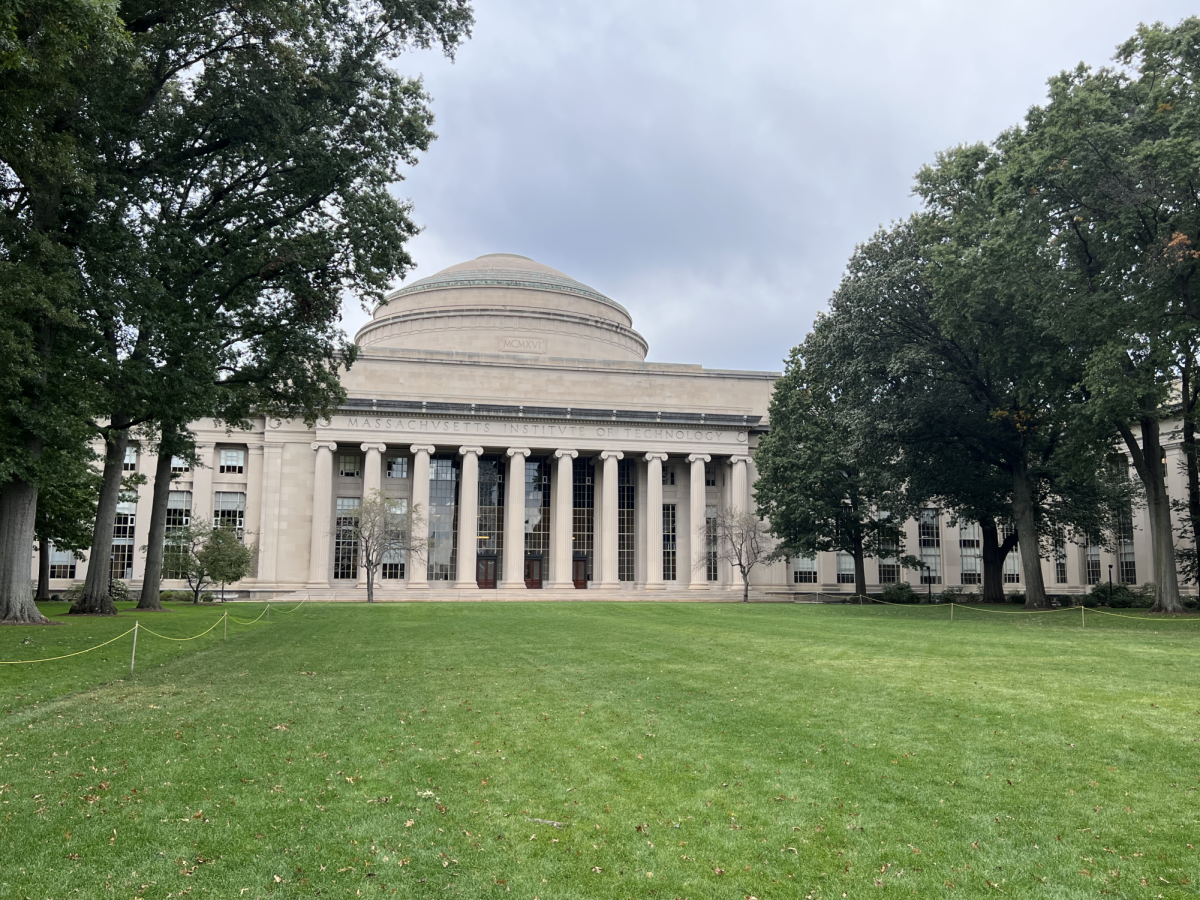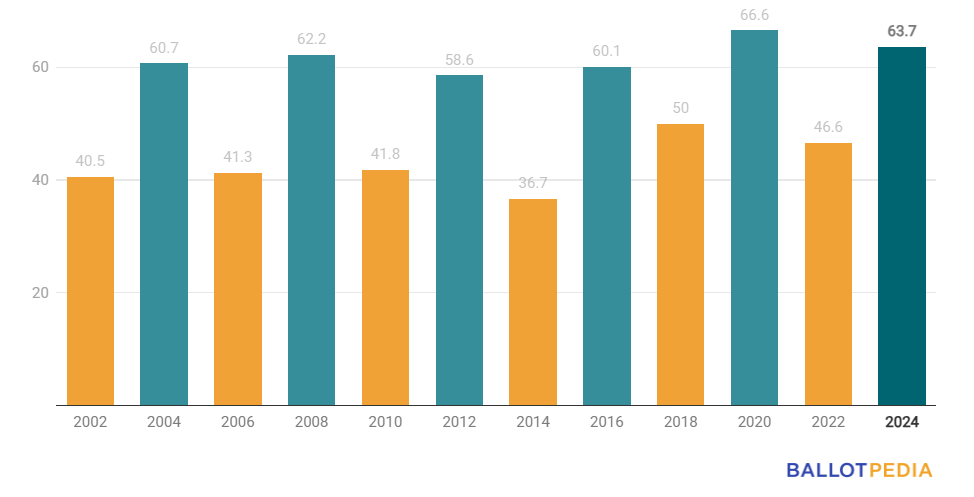Each year high school sophomores all across the United States celebrate an important milestone in their lives: getting their drivers license. Though several people believe that the mandated age should be increased to 18 for safety reasons, the current minimum driving age of 16 is, without exaggeration, perfect.
Teenagers must learn to take more responsibility as they transition into adulthood. They need to develop their capabilities of providing careful care for their possessions. Driving is a significant initial step. Not only are they responsible for their automobiles, but they must also take any steps necessary to protect their own lives as well as the lives of others drivers. These are only a few critical duties youth must learn to perform, especially when they begin to live independently without the luxury of parental assistance.
Moreover, youngsters cannot easily wait until age 18 to learn how to drive, since, at that age, they would leave their household to pursue undergraduate studies at another city, state or even nation. Students would be too focused on deciding where to attend college and how to finance their education to begin learning how to drive. Once they are in college, they may not even have a car to complete required practice hours as a part of the requirement of the provisional permit. However, at 16, students have more time on their hands to develop basic driving skills and can practice their driving anytime during the year, as opposed to waiting for breaks in college to continue driving and refining their skills.
Parents may find it convenient for their children to obtain their license at 16, since the adolescents can drive themselves to the wide variety of extracurricular activities they may be doing. Scheduling rides can become a major issue, especially when both parents work and teenagers might as well take advantage of the opportunity to learn how to drive to save both themselves and their parents from a heartache.
Though the paternalists of society are worried about the rising rates of accidents involving teenage drivers, many successful steps have been taken by legislators to reduce the occurrence of such tremendous calamities. The addition of “the year rule,” in which teenagers are not allowed to transport other minors without the presence of an adult and may not drive between 11 p.m. and 5 a.m., has proved to be extremely effective in reducing teenage accidents by at least 40 percent according to statistics in JSTOR, despite the fact that the law is not widely followed by teenagers. There is no need for parents to worry about allowing adolescents to drive at the age of 16, as long as they properly educate them about the prevalent dangers of driving and how to avoid them. This is all the more reason for teenagers to be able to obtain their drivers license at 16.
























bob • Jan 16, 2025 at 1:42 pm
this very helpful for my debate in school! Thanks cutie pop!
linganguli
Anonymous • Jan 7, 2025 at 2:00 pm
I have 17ton of pineapples